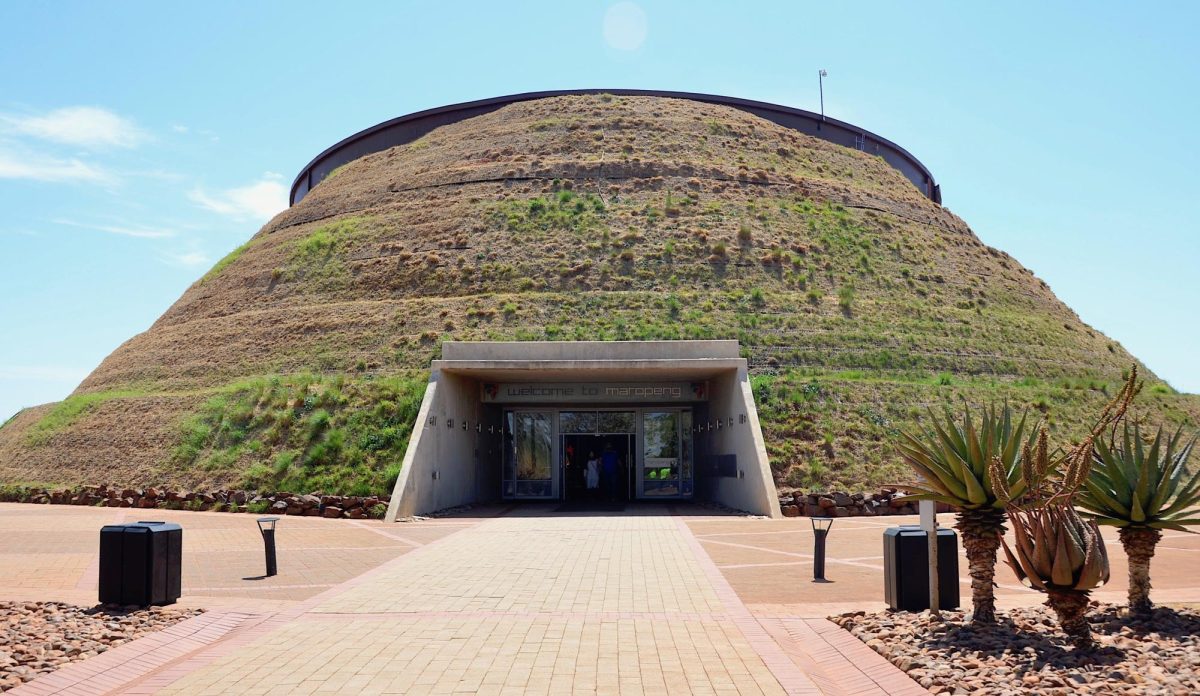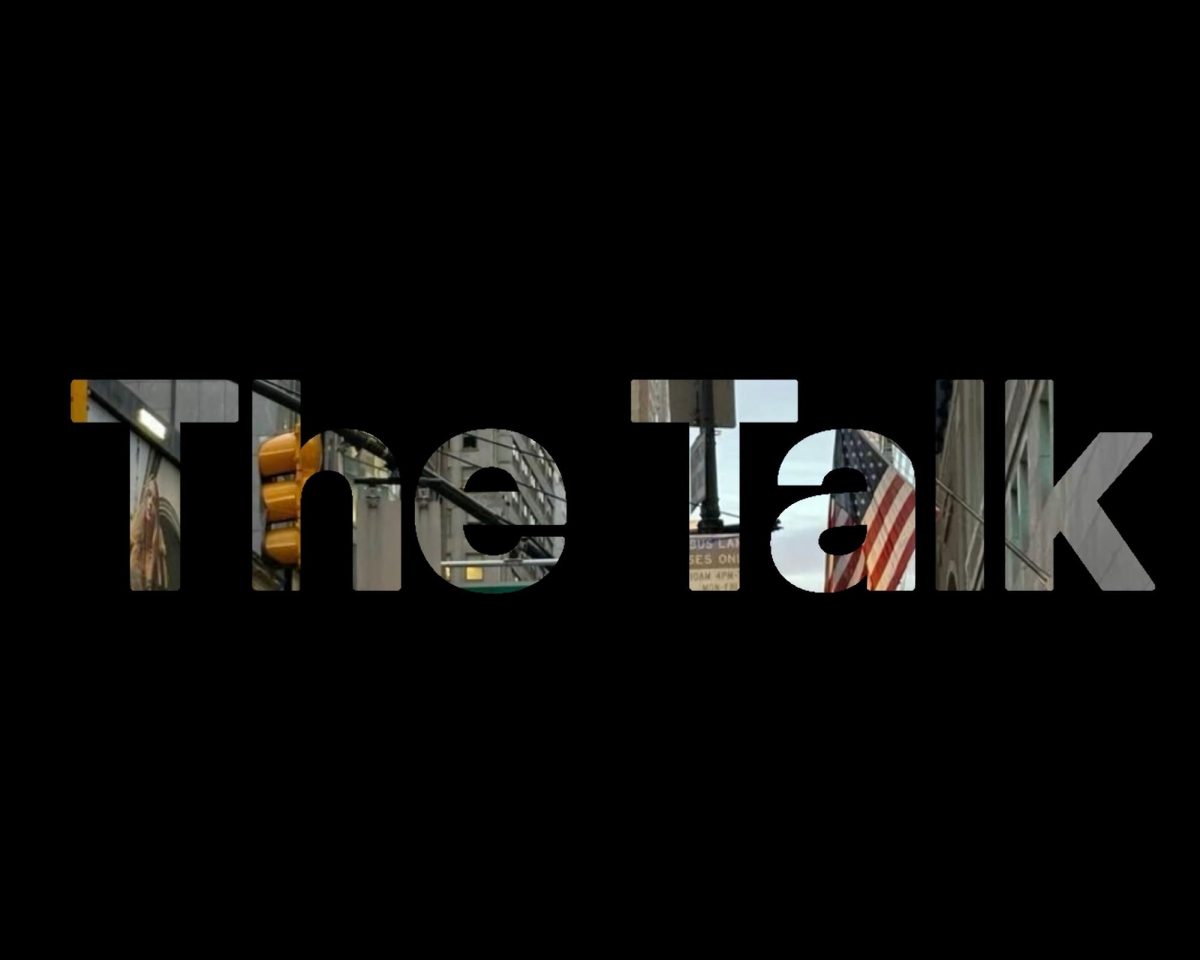Dr. Lee Berger’s son, Matthew, was with his father in the Malapa caves in Gauteng, South Africa when during the excavation, Matthew wandered off with his dog—Tau—and eventually tripped. As he stood and dusted himself off, he saw a peculiar rock. Recognizing it as a potential fossil, he took it to show his father. Being an archaeologist, Matthew’s father quickly recognized the contents of the fossil. It contained a hominid’s collarbone and jaw.
Matthew’s discovery sparked a 10-year research and exploration effort on the site. During this period, researchers found around 135 fossils from at least three different individuals. Enough specimens have been recovered that now researchers can say with certainty that the collarbone and other related fossils belonged to a previously unknown species, now called Australopithecus sediba.
The location where the fossil was recovered from, is a World Heritage Site popularly known as “The Cradle of Humankind,” however, what’s intriguing about this story is that Dr. Berger used Google Earth to pinpoint the area he wanted to explore. Matthew described it as: “really just a hole in the ground, five meters by five meters, not a huge cave that most people would imagine.”
His father was down on his luck at the time, and Matthew recalls his father half-jokingly telling him to go find fossils as well. After he tripped near the fateful fossil, Matthew recalls how “We were all kneeling around this rock, just in awe, I didn’t really know what was happening because I’d never found a hominid. I was just there for fun. But my dad was so excited, and so obviously that made me excited.” Then, he goes on to describe how the fossil originally only seemed to compose a collarbone, but in reality, the backside also had a fossilized jaw.
Although Berger’s request to list his son as a co-author was shot down, the discovery still set off the aforementioned large-scale excavations and was a leap for science and child scientists everywhere.
Eventually, they found more fossils and were able to piece together partial skeletons of one adult female and one young male. This discovery not only shed light on human evolution, but today is credited with rejuvenating paleoanthropology, paving the way for further finds across the Cradle of Humankind in subsequent years. And it all started with a curious boy.







